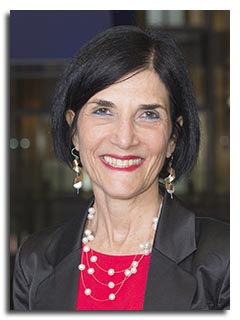
Abstract
Colloidal semiconductor quantum dots (CQDs) are characterized by tunable electronic properties with variation of size, shape and composition. Colloidal techniques facilitate the formation of high-quality CQDs with surface passivation by molecular ligands or/and hetero-structuring. Numerous investigations have explored the optical and electrical properties of these materials, including the study of fluorescence quantum yields, electron-hole exchange interactions, excited state lifetime and polarization, generation of multiple excitons and hot carriers. However, a number of other fundamental issues concerning commonly observed fluorescence blinking, spectral diffusion, carrier intra-band and inter-band relaxations, remain as open questions. Related studies have demonstrated that the issues mentioned are associated with intrinsic properties of the inorganic moiety, such as exciton charging, Auger relaxation and phonon assisted cooling, or with surface and environment effects, such as surface-mediated charge trapping or surface passivation. Surprisingly, not much attention has been paid to the molecular ligands' degrees of freedom, e.g., passivation at selective facets and/or molecular vibrational modes.
The lecture will describe the work in the development of core/shell heterostructure CQDs by addressing the fundamental importance of a close crystallographic and dielectric match at the core/shell interface, facilitated through the introduction of alloyed shells. Heterostructure CQDs with optical activity both in the visible as well as in the near infrared spectral regime, will be presented. The magneto-optical experiments revealed that a smooth core-shell interface controls the distribution of carriers between core and shell, assisting in increasing the fluorescence quantum efficiency and excited state lifetime. Furthermore, a soft interface between core and a shell induces a reduction of Auger processes eliminating common fluorescence intermittency, thus, forming blinking-free CQDs.
A wide range of magneto-optical characterization tools will be shown. Among these techniques: linear/circular polarized photoluminescence measured in the presence of an external magnetic field, enabling assignment of angular momentum of an emitting state; and optically detected magnetic resonance to identify carrier trapping sites, exchange interactions and spin dynamics.
Click here to see all available video seminars.
Click here to go to the SPREE HOMEPAGE.
Brief Bio
Prof. Efrat Lifshitz holds the Gunsbuourgh Academic Chair at the Technion Institute, Haifa, Israel and is also Professor in the Schulich Faculty of Chemistry. Prof Lifshitz obtained her B.A. in Chemistry from the Hebrew University of Jerusalem and Ph.D. in Physical Chemistry from the University of Michigan. Over the last thirty years she has held academic positions at the University of Michigan, the Weizmann Institute and the Technion Institute. She has been visiting professor at the University of California Berkeley, University of Hamburg, University of Lyon, Ludwig Maximilian University Munich and Columbia University New York. She is currently visiting professor at the Fraunhofer ISE and the University of Melbourne. Prof Lifshitz has more than 200 journal papers, 50 refereed proceedings, 8 book chapters and more than 100 invited presentations. Her H index is 29. Prof Lifshitz has been advisor for 30 PhD students, 10 Masters students and 16 research fellows. She currently advises 10 graduate students, 4 postdoc fellows, 4 undergraduate students and a senior scientist. Prof Lifshitz has chaired several international scientific meetings, including Quantsol on two occasions and the Israel Chemical Society meeting. Prof Lifshitz has on-going research funding from several competitive resources, including the US-Israel Binational Science Foundation, the German-Israel Science Foundation, and the European Community FP7 and was a co-founder of the Nanotechnology Institute at the Technion.
